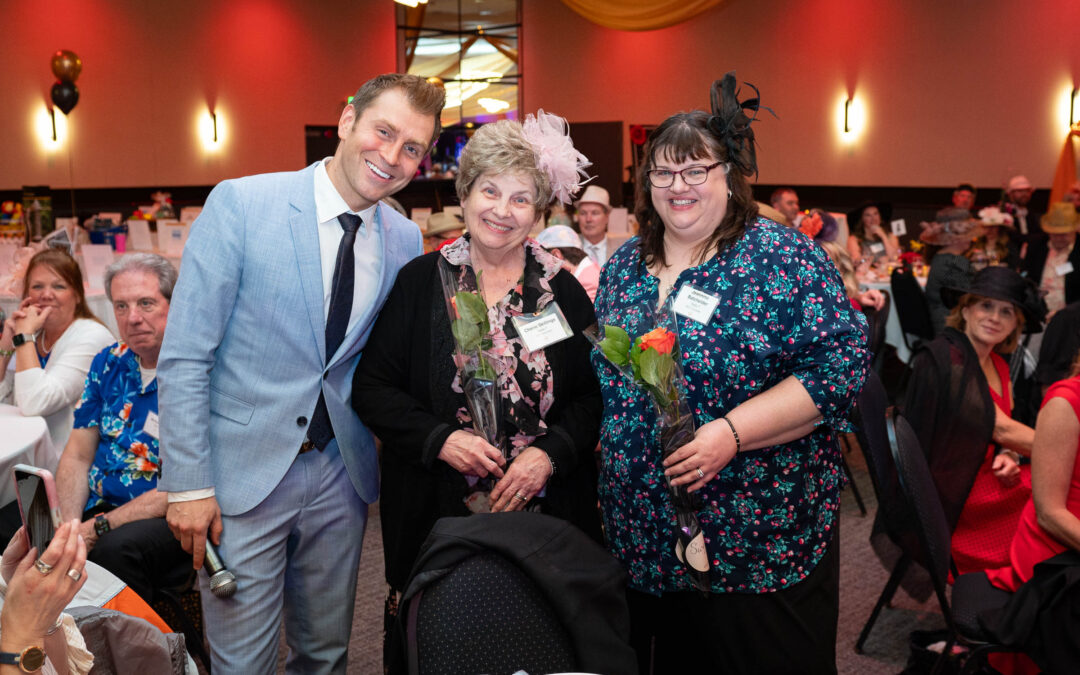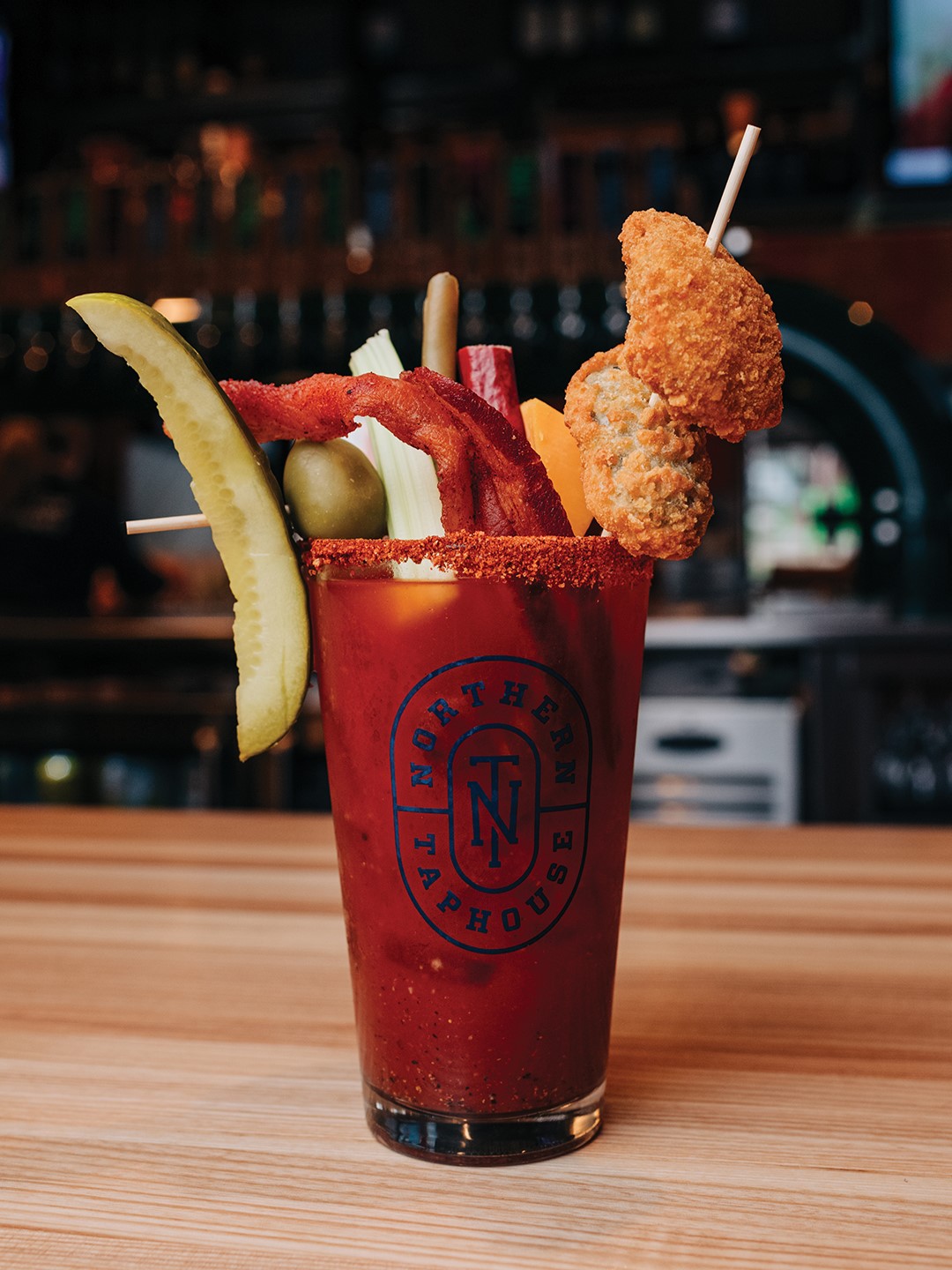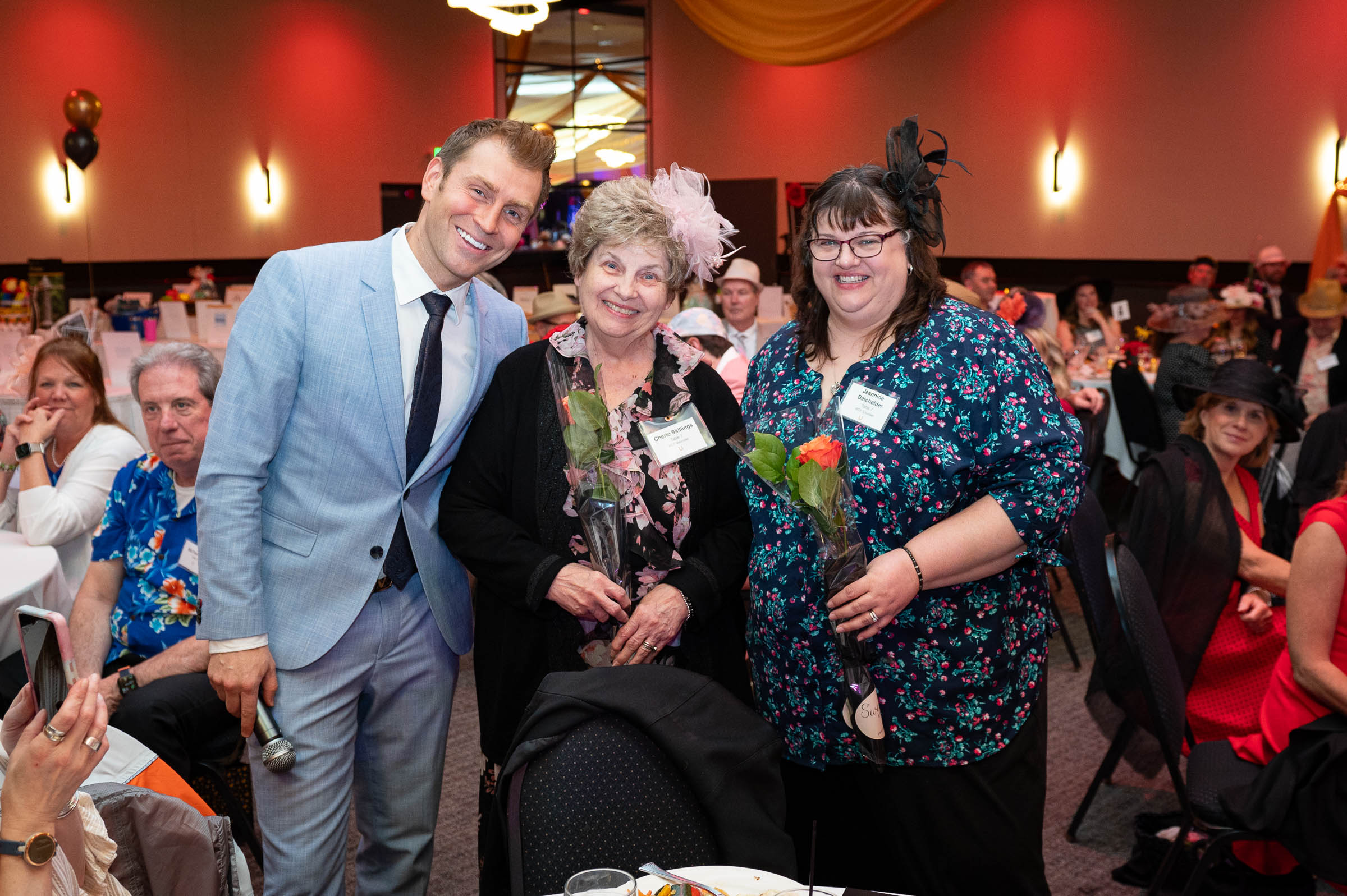
Photos: Nancy Berg
From scuba diving to hiking volcanoes, Woodbury local experiences the world through her camera.
Nancy Berg fondly recalls a time when photographers had to shoot with film cameras and cartridges—after all, it’s where she got her start as a wildlife photographer.
Nancy and her husband, Ryan, moved to Woodbury from Georgia in 1990. In her time here, Nancy has been a science teacher at Lake Middle School (which was Lake Junior High at the time), East Ridge High School and Woodbury High School. The couple raised their children, Ryley Berg (36) and Hallie Berg-Ruby (34), in Woodbury and visited 61 countries during their childhood. (Ryley has since stopped traveling, and Hallie has gone on to visit a total of 107 countries.) Nancy retired in 2016 and has spent much of that time traveling around the world, capturing wildlife, nature and unique cultures through her images.
“I took a photography class in the late ’70s, but back then it was all film. It was mostly black and white, and we processed it,” she says.
In 1978, the couple backpacked through Europe for three months and lived on $5–$10 per day—visiting 13 countries throughout that period. They had never been on a plane, and neither Ryan nor Nancy had been on a subway or could speak foreign languages. “It took us six hours to get out of the airport [in France] because neither of us could read French or had been in an airport, and our resource was a book called Let’s Go Europe,” Ryan says. But, “We still keep in touch with people that we met from that trip,” Nancy says.
In 1979, Ryan gifted Nancy a Canon SLR camera. “It was big stuff at the time,” she says. It wasn’t soon after when the couple began searching for the next big thing to photograph.
Nancy’s passion for wildlife photography begin in the mid-80s when she and Ryan would take trips from Georgia to Cozumel, an island in the Caribbean Sea, to scuba dive. “She started taking photos underwater, which is very difficult, and back then it was still film, so you had 36 shots, and you would get back and be home already, and you develop the photos and realize the setting was wrong,” Ryan says, expressing how lucky a photographer was to get at least one good shot.
For Nancy, who grew up in Wisconsin and studied zoology, being at the ocean was a feeling like she’d never had before. “It was incredibly intriguing to see the things I studied about and never actually saw in real life,” she recalls. When Nancy first started photography, all she had to go off of was the class she took in college. From there, it was a steep learning curve of understanding how to set the camera, getting the right lighting, capturing motion and more.
Fast forward a few years later to 1983, and the couple spent three months in South America, camping their way through the continent. “And we keep in contact with people that we met during that trip, too,” Nancy says. When their kids were just 5 and 7 years old, they took them to Indonesia for five weeks, visiting Singapore, Borneo, Bali, Papua New Guinea and Malaysia. In 1997, they went on a five-week Tanzania safari trip with their children and friends, who also took their children on the trip. “It was five of them and four of us. We were on safari and photographing leopards, elephants, lions, rhinoceroses, the Maasai [Tribe] and Mount Kilimanjaro,” Nancy says. “We took our kids with us everywhere we went, so they’ve been all over.”

At the time of writing, Nancy and Ryan have visited 137 countries together. They’ve had experiences that not many other people in the world have had. In 2019, during a second dive trip in the Philippines—their first dive trip to the Philippines was in 2016—they went on a boat tour with professional photographers and leading underwater photographers, where Nancy captured whale sharks in the middle of the ocean. “There are six to eight divers, and and the whale sharks would go play in their bubbles,” Nancy says. “It was intentional. When we got back on the boat, we were all talking about it, and the dive master said they love to play in the bubbles, so it wasn’t a fluke. They’ve learned it, and they look forward to it.”
During a boat ride in the Gambia River in West Africa, they saw birds that they never knew existed. “We saw one bird that people go there just to see … We got pictures of it, and I didn’t even know how amazing it was … The boat driver went crazy and said, ‘I’ve hosted people five to seven times just to see that bird, you come in and you see it right away,’ and he said we were very lucky to see the Tiger Heron,” Ryan says. “He asked us to send him the photos, so he could use it for his profile photo.”
This past July, they visited Rwanda and Uganda to capture mountain gorillas, where they had to hike up the side of a volcano to get to the gorillas’ natural habitat. “We got up there and, really, you don’t realize that they’re as human as they are. I wasn’t expecting it,” Nancy says. “The first one we saw was a momma gorilla holding a 2-week-old baby. She looked over at us, and I looked at her eyes and thought she looked just like any other momma. She was holding her baby and would let us see; she would pat it on the back and then reach for something to eat. It was just mesmerizing. Then, the big silverback gorilla rounded the corner, checked everything out, looked at us, and we looked at his eyes and you can tell he’s in charge.”

This past fall, they visited Mongolia, where Nancy photographed Mongolia’s golden-eagle hunters—a group of nomadic tribes in the Altai region who use the extremely rare skill of hunting with golden eagles. “It was incredible,” she says. “This has been happening for 6,000 years … To see the relationship between the eagles and their trainers, it was something else … They treated their eagles like their children; they were pampered and there was definitely an attachment there.”
They’ve visited all 48 countries in Asia aside from two, all 33 Latin American countries, all seven Western European countries, plus many countries across North America, South America and Africa. As for what’s next on the books? They never quite know, as trips are typically planned anywhere from one week to one year beforehand. They’re always looking to visit new landscapes, including those across the states. Nancy and Ryan just got back from a trip to Fairbanks, Alaska, where they photographed the aurora borealis and have more trips across the U.S. and the world planned for the future.
Deep Dive
The practice of blackwater scuba diving is unlike any other scuba diving venture in the world. This form of scuba occurs at night in the open ocean, hundreds of feet below the surface, where divers are tethered to the boat via rope and large underwater lights are used to illuminate the spectacle. “The largest animal migration on Earth happens every night after midnight, where all of the animals from the really deep part of the ocean migrate near the surface to feed on plankton that’s available,” Nancy explains. She notes the practice is done mainly in Hawaii, off the coast of Miami and in the Philippines, where they were able to blackwater dive. New creatures are identified every day from this practice.

“You’re one to two miles off shore, and in the Atlantic [Ocean] you drift five to 10 miles at a time. And you take your big camera, with strobes and lights and your tank, and you backflip off the boat, try to get your bearings and let your eyes adjust,” Nancy says. Most of the “animals” coming to the surface are under half an inch large and macro lenses are needed to capture such creatures. “You’re drifting along and trying to keep the lights, and you have no reference point, and it’s black,” she says, “It looks like in the winter, when it’s snowing and your driving, and the snow is coming toward your windshield … Stuff is coming into your ears, your face. It’s extremely difficult.”
“It’s only for adrenaline junkies,” Nancy says. “I wouldn’t do it in the Atlantic [Ocean], but I would do it again in the Philippines, where the water is calm.”
Rapid Travel
Where is your favorite place to travel?
Nancy: Papua New Guinea
Ryan: It changes all the time, so whichever is the last country we were at.
Where is a place that you haven’t traveled to before, but want to visit?
Nancy: The Seychelles, diving the Maldives or Antarctica
Ryan: Madagascar
What is your best travel tip?
Nancy: Always take imodium, it should be the first thing in your bag, and toilet paper.
Ryan: Be flexible and be happy. It rubs off on whoever you’re with.
What animal has been the hardest to capture?
Nancy: I think while diving, certain fish. Coral whip goby that are half an inch long; nudibranch, which are ⅛ of an inch long.
What is your best photography tip?
Nancy: Know your camera … Learn how to compose an interesting photo. Anyone can take snapshots, but you want to capture something interesting.






















